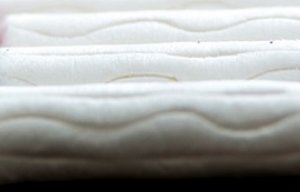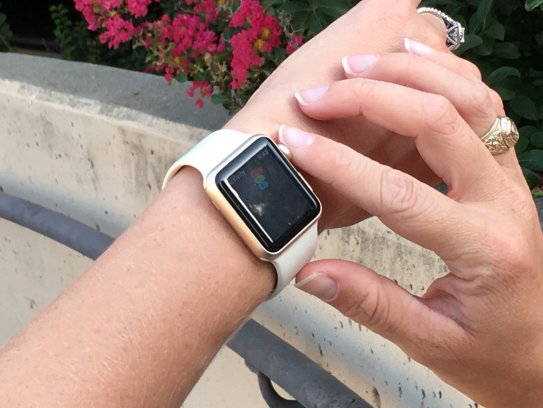
Report confirms safety of feminine hygiene products
Preliminary research findings to be presented at Chicago summit.

2nd November 2022
Innovation in Textiles
|
United States
A new study finds that people who most need wearable health devices such as smart watches, fitness bands and e-textile devices may use them the least.
Age, education and income are factors associated with the reduced use of wearable health devices among people with or at risk of cardiovascular disease, according to preliminary research to be presented at the American Heart Association’s Scientific Sessions 2022 conference in Chicago and virtually from November 5-7.
Wearables worn on or close to the body that monitor and track health or physical activity may help to manage cardiovascular health more effectively, with features like physical activity monitoring, heart-rate tracking, heart electrical activity tracing and more.
“We may be able to use artificial intelligence with health information from wearable devices to help people reduce their risk of heart disease,” said study lead author Lovedeep S. Dhingra, a postdoctoral research fellow in the Cardiovascular Data Science (CarDS) Lab at the Yale School of Medicine in New Haven, Connecticut. “Given these benefits, it is crucial to understand who is using these devices. In our study, we evaluated how many adults with heart disease or at risk of heart disease used wearables. We also looked at whether their use was equitable among patients of different age groups, sex, education, income levels and diverse racial and ethnic groups.”
Dhingra and colleagues analyzed the health information of 9,303 adults in the USA who responded to a survey in 2019-2020, focusing on participants with cardiovascular disease or who were at risk of cardiovascular disease, such as with high blood pressure, Type 2 diabetes, smoking or obesity (BMI greater or equal to 30kg/m2).
The survey was a nationally representative sample, and researchers were able to use survey-weighted analyses to estimate nationwide numbers. Their analysis found that people at risk for cardiovascular disease were less likely to use wearable devices.
Specifically:
- An estimated 3.6 million people with cardiovascular disease and 34.4 million people at risk of cardiovascular disease in the US used wearables. That translates to only 18% of all people with cardiovascular disease, and 26% of all people at risk for cardiovascular disease.
- In comparison, 29% of the total adult US population used wearable devices.
- Only 12% of people with cardiovascular disease older than 65 years of age used wearable devices, even though it is estimated half of all people with cardiovascular disease are older than age 65.
- In comparison, 17% of people with cardiovascular disease ages 50 to 64 years reported using wearables, and 33% of those in the 18 to 49-year age group with diagnosed cardiovascular disease used wearables.
- While 22% of all people at risk of heart disease are 65 years or older, only 14% of elderly patients at risk of heart disease used wearable devices.
- People with cardiovascular disease with an annual household income of $50,000 or more were four times more likely to use wearables than those with annual household incomes less than $20,000.
- Education beyond a college degree (post baccalaureate degree) was associated with 3.6-fold higher wearable use than those who received a lower education level.
- More than 80% of people at risk for cardiovascular disease responded that they would be willing to share the health information collected by their wearable device to improve their health care. Differences in willingness to share health data across different demographic subgroups were minor (age group, sex, race and ethnicity, education level and household income).
“We were surprised to find that people with cardiovascular disease were notably less likely than people without cardiovascular disease to use wearable devices, which suggests those who are most likely to benefit from these technologies appear to be less likely to use them,” Dhingra said. “We need to ensure that wearable devices reach the people who need them most, by improving equitable access and promoting wearables as health devices to help improve health and decrease health disparities.”

Business intelligence for the fibre, textiles and apparel industries: technologies, innovations, markets, investments, trade policy, sourcing, strategy...
Find out more